Most people I know do not have nice things to say about Holden Caulfield. Even the ones who admit to liking “The Catcher in the Rye,” as a book, are just as quick to assert that they hate Holden, as a character.
This strikes me as a strange criticism. Never in my life have I heard anyone try to argue there is anything wrong with the actual construction of Holden, or that there is some artistic inconsistency on Salinger’s part that renders him a weakly drawn character. No, to countless readers, he’s just kind of a jerk.
What’s so strange about this is that it suggests “The Catcher in the Rye” might somehow be improved if Holden were more likable. Similarly, there is a relentless fixation on the validity of his teenage angst and moodiness — again, not whether his moodiness makes sense given his circumstances, but whether he is right about how he feels — as if the book would be more enjoyable if they had just made him more level-headed.
People seem to judge characters like this a lot. And not just those with antipathy for their English classes looking for any reason to discredit what they were just forced to read (this is more understandable) — but actual reading and watching enthusiasts, self-described bookworms and movie-buffs, if not actual art students and professors themselves.
Of course, a million “judgments” are involved in the process of reading a book or watching a movie. But the judgments I’m talking about are a more superficial, more puzzling kind: the judgment of characters as if you were encountering them as people in real life rather than people inside a work of art, and then the use of this judgment to add to or take away from the book or film as a whole.
It is not necessarily a flaw on the part of a book or film if you do not personally like a character (even the main character), or if you think they are in some way morally wrong. This might sound obvious, especially considering the semi-recent pop-cultural fascination with the“anti-hero” genre — shows like “Breaking Bad” and “Mad Men” which boast Dark and Complex™ central characters, halfway “good guys” and maybe more than halfway “bad guys.”
The “ambiguity” of shows like this, however, is still pretty limited and safe. In the case of “Breaking Bad,” just looking at the title can begin to tell us the kind of ambiguity the show is concerned with, which is actually more just the simple question of “Is Walter White a good guy or a bad guy?”
But even this can be too much. I remember once being confronted about what the point of watching “Breaking Bad” is, if it’s just about a horrible person becoming more and more horrible. My defense of the show at the time was exactly this “ambiguity”— there is always the looming question of whether Walt is somehow justified in doing horrible things. After all, he began with the noble intentions of leaving his family with some money after his imminent death. Who knows? Maybe the goodness within will win out in the end!
The expectation which makes defenses like this necessary is the idea that a narrative work should in some way show you how to be or how not to be, and serve as some kind of moral guide. Shows like “Breaking Bad” and “Mad Men” are ultimately safe, because their depiction of “horrible” anti-heroes is justified by the primary focus of the work being the anti-hero’s “horribleness.” They are perfectly straddling the good/evil line.
In her essay “On Style,” Susan Sontag writes that “only when … morality is identified with a particular morality … can a work of art be thought to undermine morality.” The “anti-hero” shows are, in my opinion, created with a particular underlying morality — that is, they are still in the form of a question about morality, based on certain set standards of what is good or bad, right or wrong.
Sontag suggests that the more an artist tries to make moral statements or create a moral model, the less their work functions as a work of art. Sontag is also aware of how people bring their particular moralities to their consumption of art, and evaluate the work based on the extent to which it meets their moral criteria, not even just regarding how people should be, but regarding what art should do.
So what about works of art about “bad” characters, which are also not blatantly about the question of the character’s “badness?” Take the infamous “Lolita.” This is a better example than “The Catcher in the Rye” of a book neglected and banned for its content, because it is still regarded by many as too disturbing and offensive to read.
The question cannot just be what these books depict. This resistance to certain content on moral grounds often has the built-in assumption that to depict something is to endorse it. But what this essentially amounts to is that the work did not depict the subject-matter you view as moral, and nothing more.
Narrative art is about more than providing us with good examples. It is about more than seeing what we want to see. The question isn’t what the art chooses to depict, but how, and even why. This might be easy to understand, but it can be very difficult to remember in a time when art is judged for its content, and what is “says” socially, politically and ideologically.
Correction: The end of the seventh paragraph of this article previously read “which is actually more than the simple question of ‘is Walter white a good guy or a bad guy?’” The author’s phrasing was actually intended to read “which is actually more just the simple question…” The article has been updated to reflect this change.



























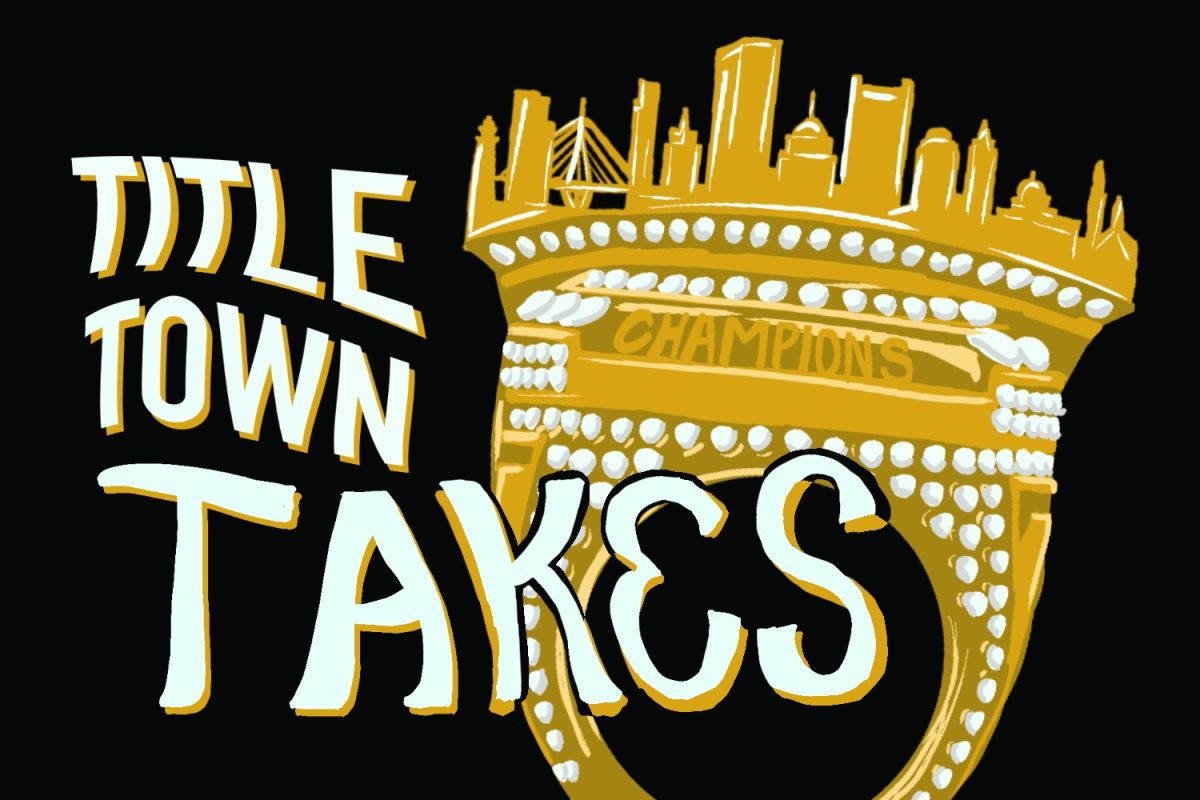










































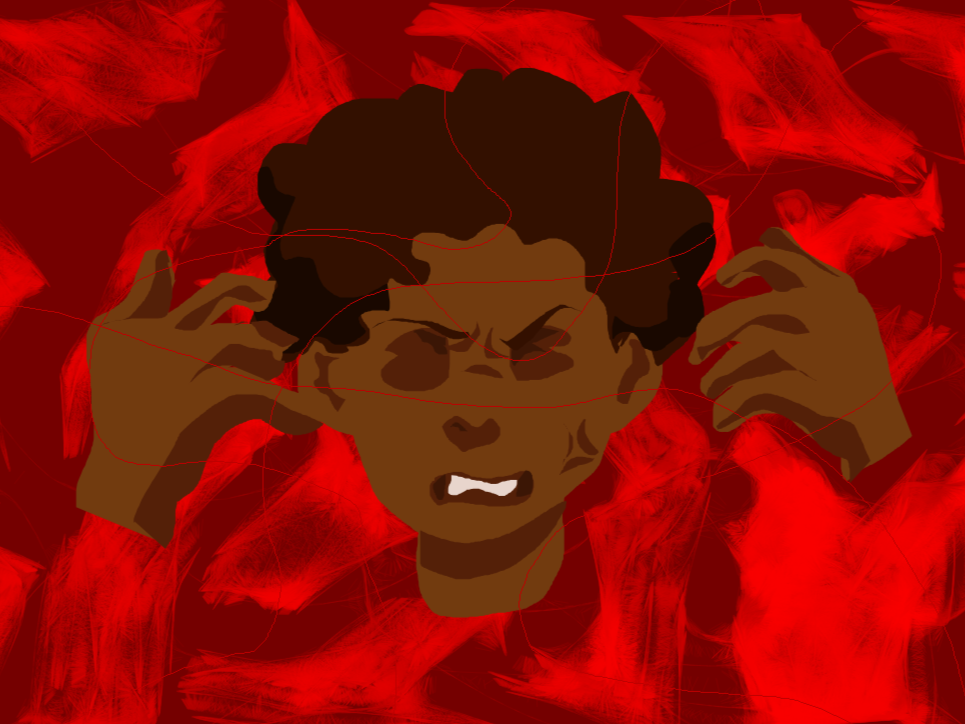
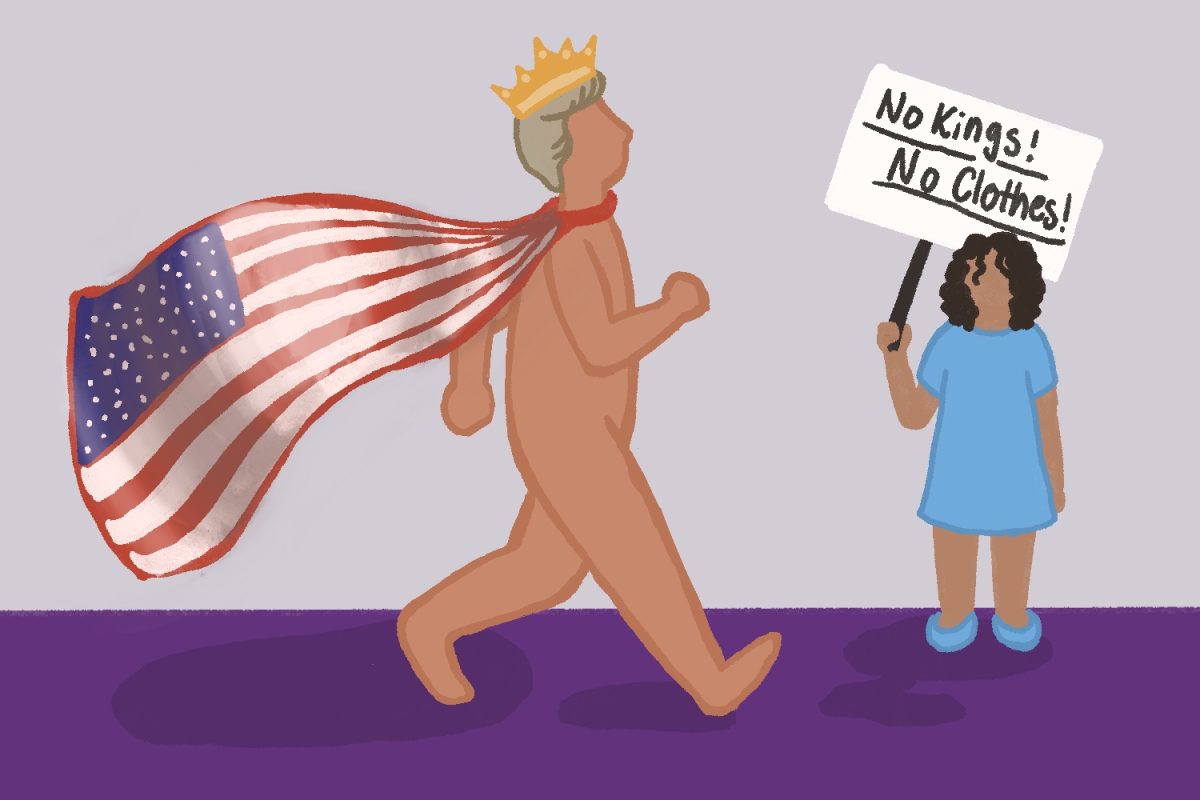
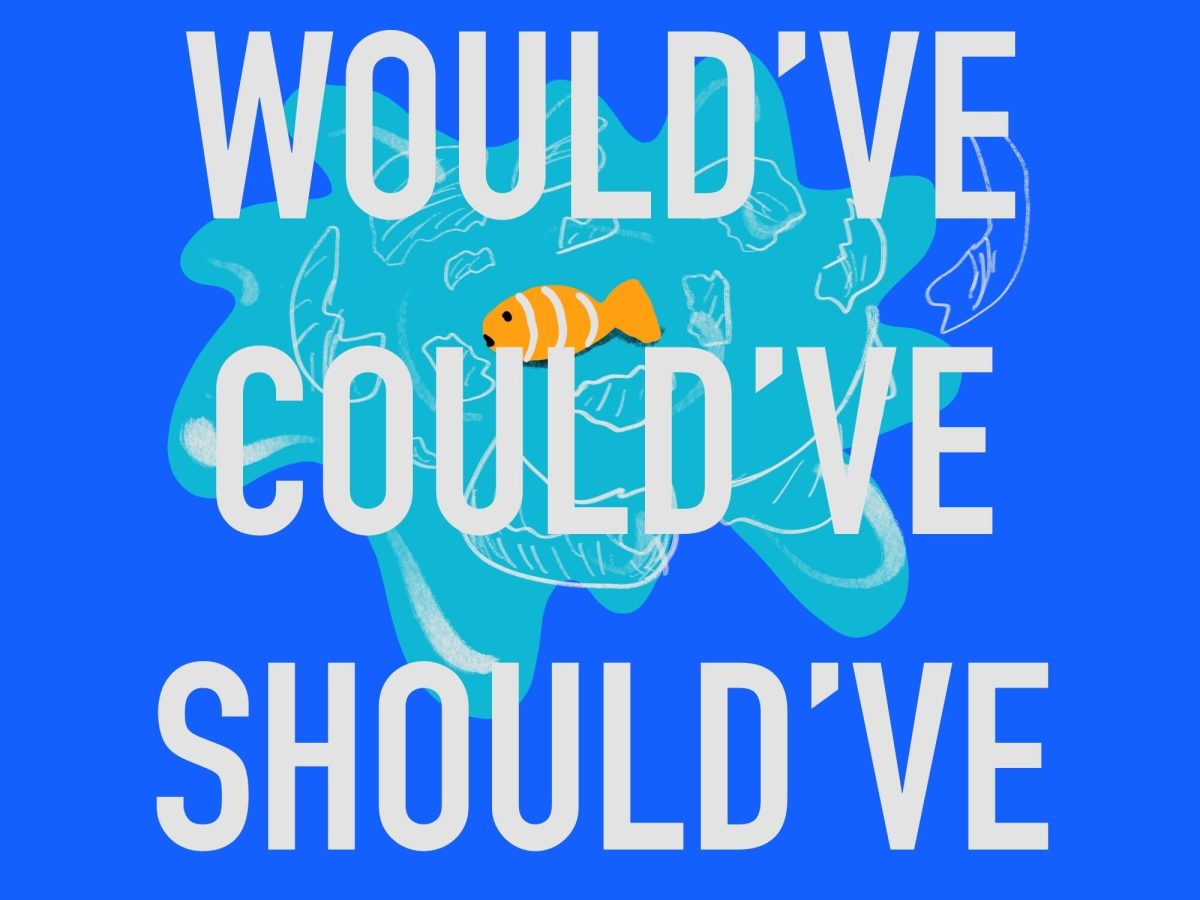

















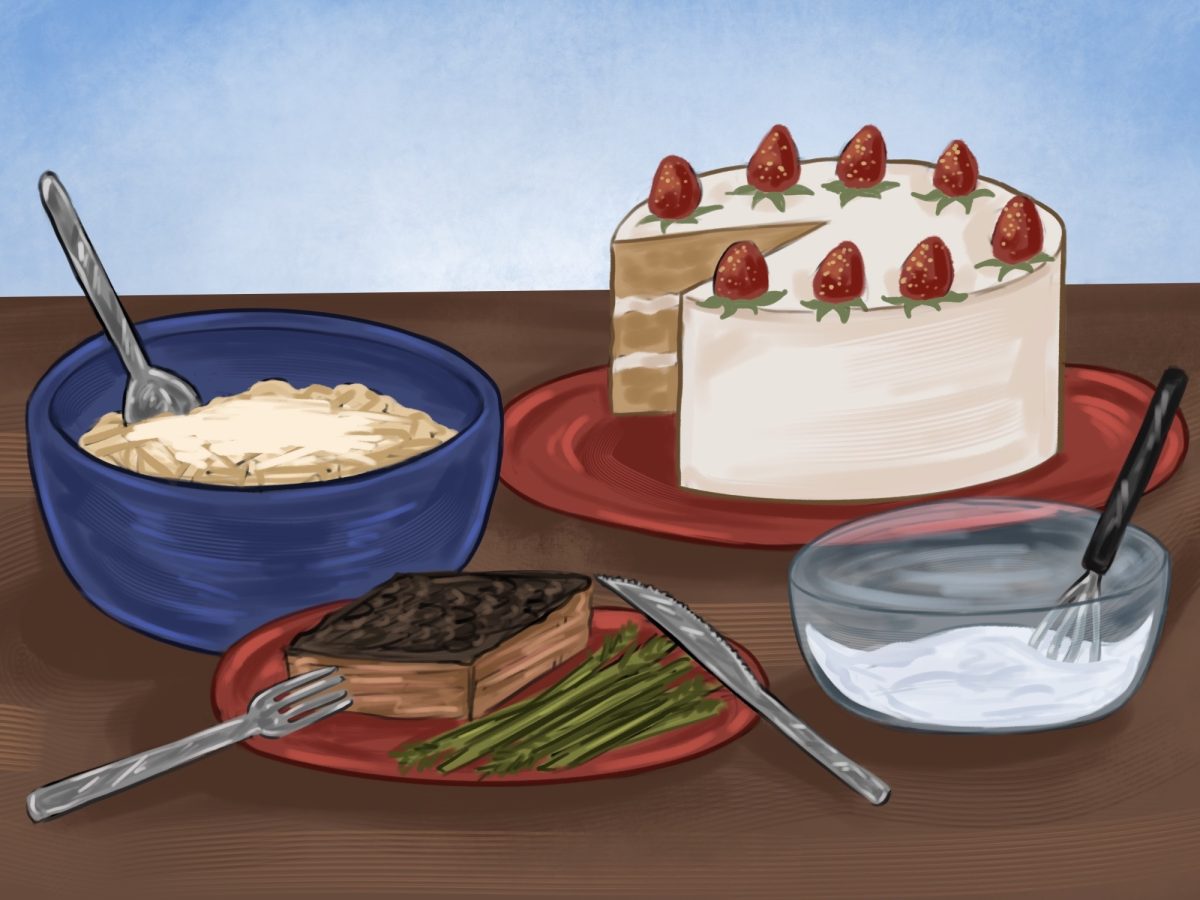





























Ria • Oct 30, 2017 at 2:07 am
Yes, the kind of judgement you are talking about is not about the technical construct of the character. But that negative sentiment should be taken in context. So if readers do not like a negative character when the writer has tried to create a negative character, it is a win for the wirter.
However, the out of context statement in reviews can hurt the overall perception.